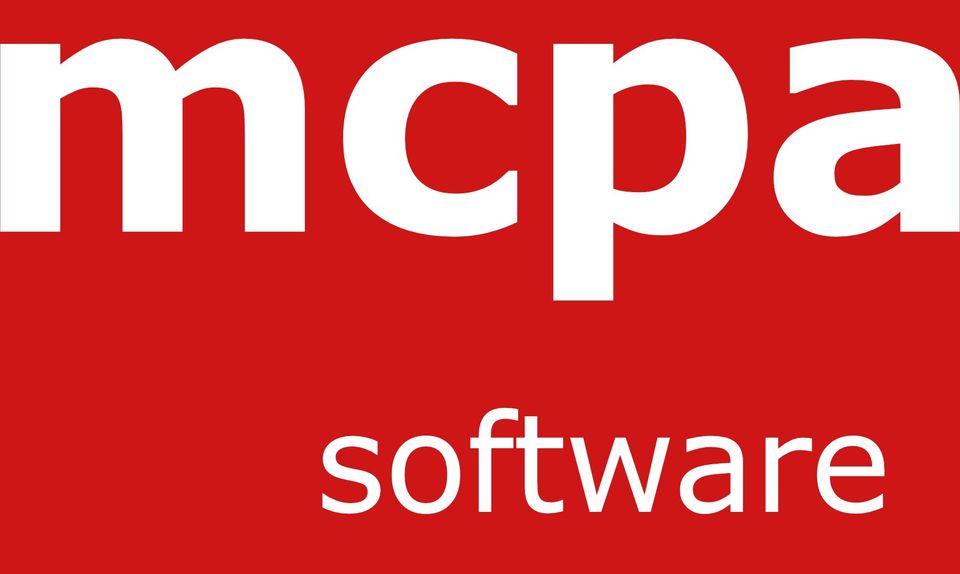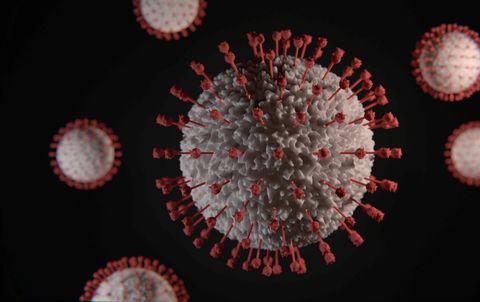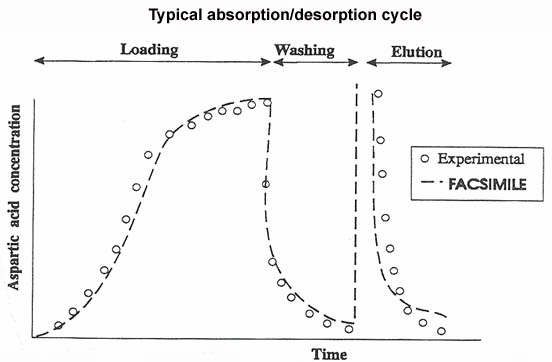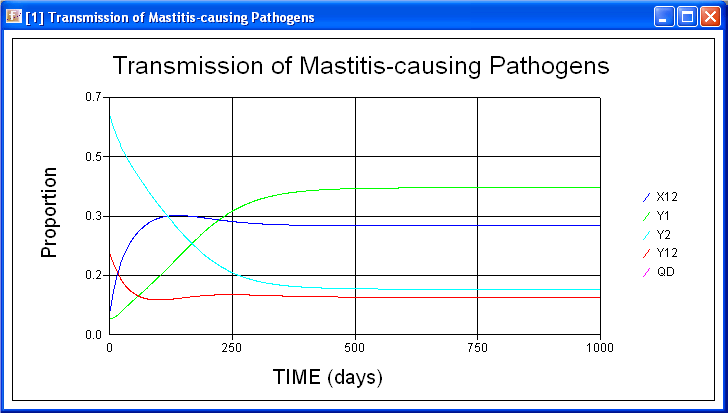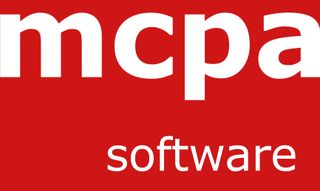BIOMEDICAL MODELLING
BIOMEDICAL MODELLING
For many years, scientists in universities and research institutes across the world have used FACSIMILE for Windows to solve problems in biomedical engineering, pharmacokinetics and biotechnology. Such problems often take the form of highly complex physical, chemical and transport models, and solving such complex systems requires the use of a robust and efficient mathematical integrator.
FACSIMILE for Windows has been developed over several decades to focus on the solution of chemical kinetics and transport problems. It is sufficiently robust and efficient to be able to handle the complex nature of biomedical engineering and biotechnology mechanisms. FACSIMILE is used by leading universities and research institutes throughout the world for applications such as:
- The modelling of epidemics.
- Pharmaceutical kinetics.
- Curve and parameter fitting.
- Bio-separations.
- The growth of microbial communities.
- Radiation chemistry in medicine.
A typical application is the use of FACSIMILE to model the performance of biological separation mechanisms in order both to enable design scale-up and to optimise the process.
FACSIMILE has been used to accurately simulate the performance of adsorption and chromatographic separations and allow the user to optimise fully, product purification. This capability leads to savings in both time and money. The applications simulated the separation of products using batch stirred tanks, packed beds, fluidised beds, and adsorption membranes, and are suitable to all separation modes including; Ion Exchange, Hydrophobic Interaction, Reverse Phase, Gel Permeation and Affinity.
Two types of mode of application of FACSIMILE are used in process optimisation:
- FITTING , which accurately generate the separations parameters.
- SIMULATION, which then take these parameters and use them to predict scale-up performance. This application illustrates how the numerical methods contained within FACSIMILE have been exploited to simulate a particular process separation in the pharmaceutical industry. There are numerous other chemical and bio-separations for which the same approach could be taken.
FACSIMILE for Windows has been used in a range of other biomedical applications. An example is its use to help in deriving strategies for the control of Mastitis in dairy cattle herds. Based on White et al.’s mathematical model for the transmission of mastitis, FACSIMILE has been used to fit the parameters for various control problems in order to determine strategies for the prevention of the transmission of mastitis-causing pathogens.
Model for numerically solving White et al. multi-species model for transmission of mastitis-causing pathogens with control parameters included. These are determined by fitting the model to idealised target data. This follows up the work performed by D.M. Cronin (Warwick) published in the Proceedings of the UKACC International Conference, 'Control 2004', M.N. Sahinkaya and K.A. Edge, eds. (Bath, UK, Sept 6-9, 2004) and appears in the Proceeding of the 16th International Federation of Automatic Control (IFAC) World Congress, Prague, Czech Republic, July 4-8, 2005. (Courtesy of N.D. Evans, University of Warwick, UK).
X12=uninfected, Y1=infected with major pathogens, Y2=infected with minor pathogens, Y12=infected with both and QD=animals with dried off quarters.
Selection of references for studies using FACSIMILE for Windows:
1. Compartmental modelling of the uptake kinetics of the anti-cancer agent topotecan in human breat cancer cells. Evand, ND, Errington, RJ, Chapman, MJ, Smith, PJ, Chappell, MJ, Godfrey, KR (2005) Int. J.
2. Adaptive Control Singal Process. 19, 395-417.
3. Myocardial infarction causes increased expression but decreased activity of myocardial Na+/Ca2+ exchanger in the rabbit. Quinn, FR, Currie, S. Duncan AM, Miller S, Sayeed R, Cobbe SM, Smith GL (2003) Journal of Physiology (in press).
4. The effects of adenoviral-mediated sorcin over-expression on excitation-contraction coupling in isolated rabbit cardiomyocytes. Seidler T, Miller SLW, Loughrey CM, Kania A, Burow A, Kettlewell S, Teucher N, Wagner S, Kögler H, Meyers MB, Hasenfuss G, Smith GL (2003) Circulation Research 93, 132-139.
5. Controlling the transmission of mastitis-causing pathogens across heterogeneous dairy herds. Evans, ND Cronin, DM White, LJ Chappell, MJ Chapman, MJ Godfrey, KR
6. Sarcolipin uncouples hydrolysis of ATP from accumulation of Ca by the Ca-ATPase of skeletal-muscle sarcoplasmic reticulum. Smith, W.S., Broadbridge, R., East, J.M. and Lee, A.G. (2002) Biochem J., 361,
7. 277-286
8. The relationship between intracellular [Ca2+] and Ca2+ wave characteristics in permeabilised cardiomyocytes from the rabbit. Loughrey CM, MacEachern, KE, Neary, P and Smith G L (2002) Journal of Physiology 543,3 p859-870.
9. Evolution of cardiac calcium waves from stochastic calcium sparks. Izu, L.T., W.G. Wier, C.W. Balke. 2001. Biophysical Journal 80, 103- 120.
10. Anionic phospholipids decrease the rate of slippage of the Ca-ATPase of sarcoplasmic reticulum. Dalton,K.A., Pilot, J.D., Mall,S., East,J.M. and Lee, A.G. (1999) Biochem.J., 342, 431-438.
11. Large currents generate cardiac Ca2+ sparks. Izu, L.T., J.R.H. Mauban, C.W. Balke, W.G. Wier. (2001) Biophysical Journal 80, 88- 102.
